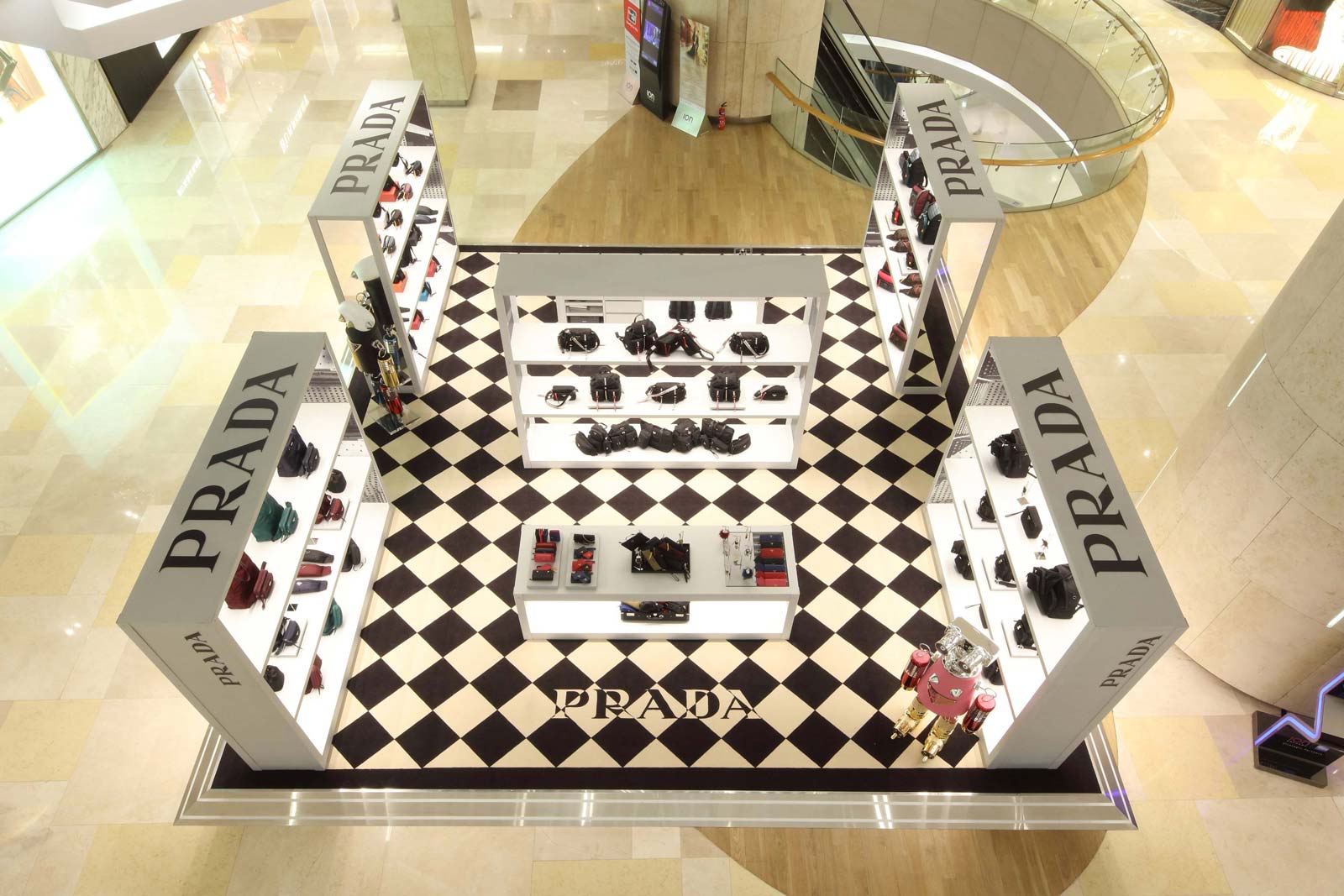The new era of Visual Merchandising : Changing the game in 2022
Visual Merchandising (VM) is the great showman of retail, the ring-master tasked with capturing the audience and inviting them in. If done right, tickets to the show will be bought and the audience will settle in for the ride.
And just like the greatest show on earth, the spectacle of what goes on behind the scenes to produce these experiences is, at its best, a fine-tuned team of individuals and tools. All working hard to produce quality consumer engagement. Enticing, and delivering an array of touch-points that will keep consumers coming back.
Now, more than ever, the purpose of visual merchandisers is more than just their ability to physically implement change within a physical retail store. A good VM will know the brand DNA inside out, know product benefits and functionality back to front, and ultimately understand the consumer and shoppers behaviours. A great visual merchandiser will also have the ability to strategically evaluate and analyse the numbers to improve sales and boost profits.
Raphaelle Guigui, COO at IWD, a leading visual merchandising software company, explains: “E-commerce is booming, but traditional retail is here to stay. There is something irreplaceable about being able to walk into a store and see the display in person. You can touch the products, see what’s new and experience the brand identity as a whole.
“It’s a freedom that customers are looking for and we develop the right tools to help brand manager, VM, sales and marketing manager to plan their in-store strategy. Digitising their merchandising process can save up 80 per cent of their time.”
Over the past two years, with the pandemic obviously hitting physical retail hard, VM team headcount has been reduced across the board, and with travel being restricted, the smaller tiered stores are missing out on quality VM. Teams need effective tools to help stores they cannot reach physically. Advanced tech tools allow for higher quality output in smaller stores as needed. They link in-store retail teams with VM teams, buyers, in real-time SKU counts, allowing a smoother VM workflow and open communication.
READ THE FULL ARTICLE BY SAMANTHA THERON : PUBLISHED INSIDE RETAIL

